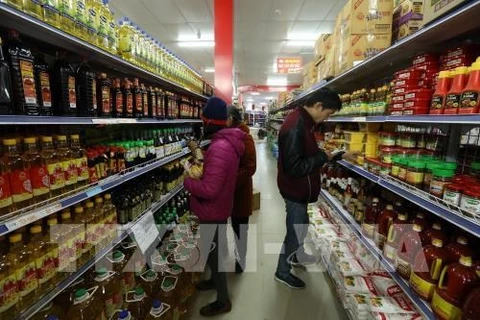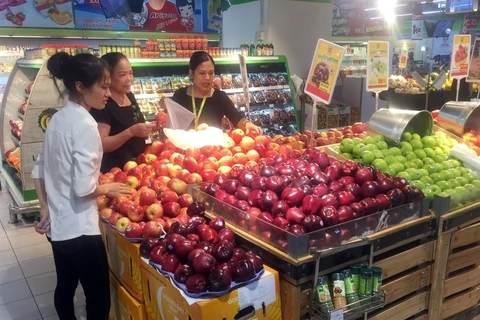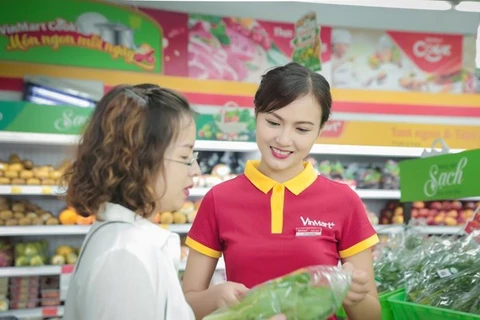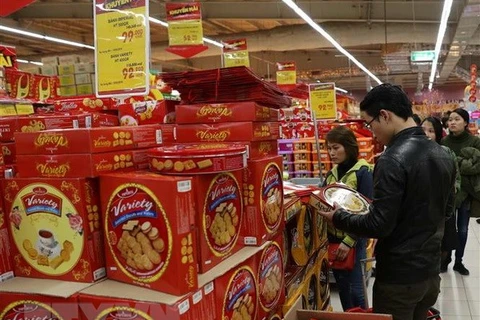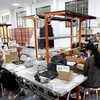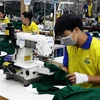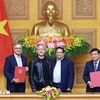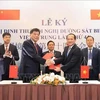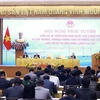Hanoi (VNA) – With certain advantages, convenience stores have been an increasingly popular shopping destination for customers, and they have also become a choice for domestic retailers to compete with foreign rivals.
The comment was made by Dang Thuy Ha, Director for the northern region at the Nielsen Vietnam market research company.
Some surveys show that Vietnam owns many favourable conditions to develop convenience stores when the urbanisation rate has reached 30 percent and young people account for up to 57 percent of the population. Notably, the middle class – the main driver of convenience stores’ development – will rise almost three-fold by 2025 compared to at present.
According to Nielsen Vietnam, the number of convenience stores nationwide has increased four-fold since 2012.
Many foreign retailers like Circle K of the US or Shop&Go of Singapore came to Vietnam between 2005 and 2008 and have continually expanded their networks. In Hanoi and Ho Chi Minh City, Circle K has had more than 300 stores while Shop&Go has opened over 160 stores.
Domestic businesses have also showed good performance in developing convenience stores with such brands as Co.op Food, Satra Foods or Vinmart+.
Last December alone, the VinCommerce JSC opened up to 238 Vinmart+ stores across the country, raising its convenience stores to 1,700 in total and becoming the biggest chain of such stores in Vietnam. The firm plans to open 3,000 similar outlets in the coming years.
Not only retailers of consumer goods, tech product sellers of Vietnam have also entered this market, such as Bach Hoa Xanh stores of the The gioi Di dong (Mobile World) JSC.
Deputy Director of the Hanoi Department of Industry and Trade Tran Thi Phuong Lan said despite the modest area, convenience stores are located within residential areas and offer consumers a variety of essential goods from food, beverages to needles and thread. Customers can even pay electricity, water and telephone bills or book plane tickets.
She noted the municipal People’s Committee has issued a plan on developing trade and services until 2025. Accordingly, Hanoi aims to have 1,000 convenience stores by the end of 2020.-VNA
VNA

